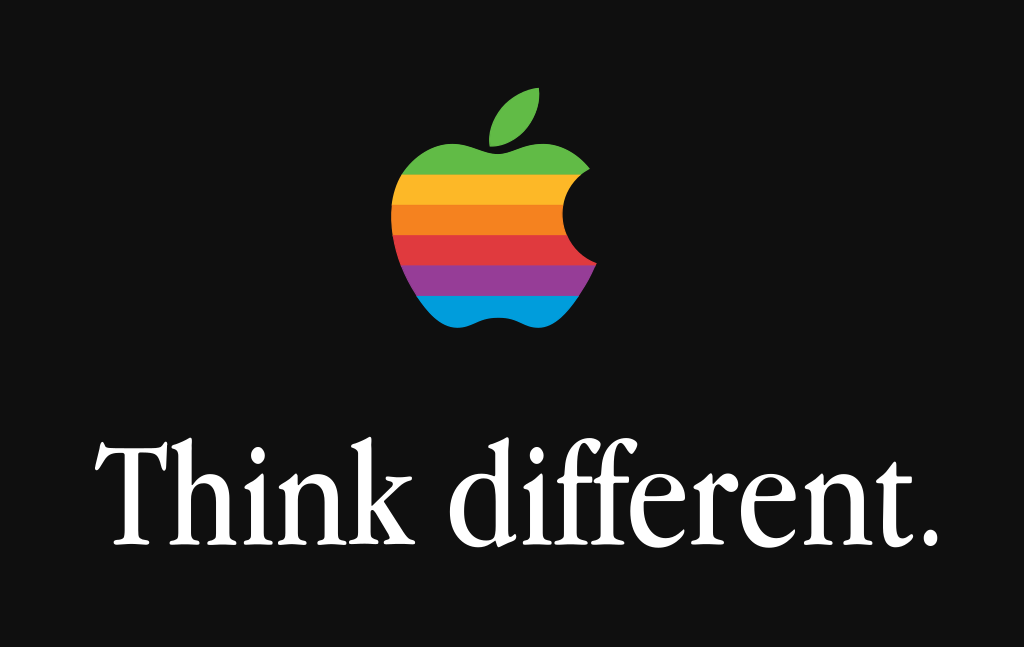market entry & commercialization
“Whether we realize it or not, marketing exerts a constant presence in our lives.”



Significance of Marketing
Marketing stands as a cornerstone of business triumph, profoundly influencing customer outreach, brand establishment, and revenue generation.
MARKETING ADVANTAGES
Cultivate a dedicated customer base
Foster the development of a reputable brand
Enhance the perceived value of company products
Propel profitability through increased sales
Over time, a meticulously crafted marketing strategy cements a company’s brand and messaging. Consistent branding creates consumer expectations, contributing to reputation building. As a business consistently meets and even exceeds these expectations, trust is nurtured among loyal customers, thereby augmenting the intrinsic value of the brand in the eyes of consumers.
The ultimate culmination of these sustained efforts is reflected in amplified sales. Notable brands have become synonymous with accomplishment and prosperity. For instance, consider Apple, whose reputation commands premium prices. An exemplary brand accentuates a company’s distinctiveness, setting it apart from competitors and elevating its products into coveted assets among discerning consumers.
In essence, marketing’s influence lies in nurturing enduring connections, fortifying brand identities, and propelling business triumph.
The Marketing Mix: The 4 P’s
The 4 Ps framework, commonly known as the marketing mix, offers a comprehensive approach to understanding the foundational elements of marketing strategy. These four key aspects—product, price, place, and promotion—serve as the cornerstones of effective marketing campaigns.
PRODUCT
PRICE
PLACE
PROMOTION
Varieties of Marketing Approaches
Marketing thrives in diversity, adapting to customer preferences and engagement channels.
Eight prominent marketing types encompass the landscape:
Digital Marketing Categories
1. Social Media Marketing
Leverage platforms like Instagram, Twitter, and YouTube for brand building, customer connection, website traffic, and sales growth. Tailored ads and timely posts driven by data analytics amplify social engagement and revenue.
2. Content Marketing
Craft valuable content to attract and convert audiences, enhancing SEO traffic and customer quality. Coca-Cola’s “Share a Coke” campaign exemplifies content’s power to forge bonds and expand globally.
3. Influencer Marketing
Harness social media influencers’ reach for product endorsements. Paid endorsements on platforms like Instagram yield mutual benefits, with brands gaining exposure and influencers earning income.
4. SEO Marketing
Optimize content and technical aspects to elevate organic search rankings. Efficient user experiences and higher visibility drive organic traffic, fostering customer loyalty.
Traditional Marketing Avenues
5. Print Marketing
Disseminate tangible materials like brochures and flyers to offline audiences. Harmonize written content with compelling visuals for impact.
6. Billboard Marketing
Amplify brand presence with larger-than-life visuals in high-traffic locales. Creativity, vivid colors, and concise messaging captivate fleeting attention.
7. Event Marketing
Engage audiences through company-sponsored or public events. Provide physical materials, converse with attendees, and promote brand resonance.
8. Product Marketing
Strategically launch and sustain new products. Intense market research informs development, sales enablement, and ongoing relevance.
In essence, diverse marketing strategies adapt to changing landscapes, connecting brands with audiences and fostering enduring success.
What Is Commercialization and the Product Roll-Out Process?
Commercialization refers to the process of introducing new products or services to the market. It encompasses production, distribution, marketing, sales, customer support, and other crucial functions necessary for the success of the new offering.
Typically, commercialization occurs after a small business has expanded and scaled its operations, allowing it to effectively reach a larger market. For instance, consider a small bakery known for its popular cinnamon rolls. After successful sales, the bakery can commercialize its products by packaging and selling them in local grocery stores, thereby increasing sales and reaching a broader audience.
Key Aspects of Commercialization
Ideation Phase
This stage generates ideas to meet consumer demands and align with the business model.
“The Four Ps” (product, price, place, and promotion) are integrated to determine product creation, pricing, target audience, and marketing strategies.
Business Process Stage
Feasibility, costs, and potential strategies for commercialization are carefully considered during this phase.
Stakeholder Stage
Target audiences and stakeholders are identified to ensure the satisfaction of customer and stakeholder needs.
Selling New Products
Intellectual Property
Intellectual property protection (patents, trademarks) is crucial before bringing a product to market.
Manufacturing
Manufacturing can be in-house or outsourced. After creating the product line, promotional efforts raise awareness through distribution channels and partnerships with retailers.
Production
While in-house production yields higher profits, it comes with increased liability for production cost overages.
